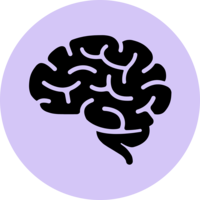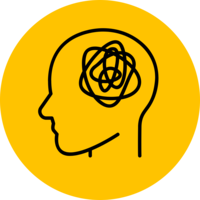Oxford Parkinson's Disease Centre Discovery Cohort (OPDC Discovery Cohort)
The OPDC Discovery cohort comprises individuals recently diagnosed with idiopathic Parkinson's disease (PD) according to UK PD Brain Bank criteria, without significant cognitive impairment, who were recruited from neurology clinics across the Thames Valley area in the United Kingdom, between 2010 and 2016. The study also recruited controls who were matched for age and sex, comprising spouses and friends of PD patients; an at-risk group consisting of first-degree relatives of PD patients; and a small group diagnosed with REM sleep behaviour disorder (RBD) recruited from three specialist sleep clinics. In addition to longitudinal follow-up at 12 to 18 monthly intervals, researchers also collected biosamples and neuroimaging data.
Study design
Cohort - clinical
Number of participants at first data collection
1,000 (people with Parkinson's Disease)
320 (control participants)
285 (REM sleep behaviour disorder diagnosed participants)
110 (relatives of people with Parkinson's Disease)
Recruitment is ongoing
Age at first data collection
≥ 18 years (participants)
Participant year of birth
Varied (participants)
Participant sex
All
Representative sample at baseline?
No
Sample features
Countries
Year of first data collection
2010
Primary Institutions
University of Oxford
Links
dpag.ox.ac.uk/opdc/research/theme-1-clinical-cohorts
Profile paper DOI
Not available
Funders
Parkinson's UK
Ongoing?
Yes
Data types collected



- Computer, paper or task testing (e.g. cognitive testing, theory of mind doll task, attention computer tasks)
- Interview – face-to-face
- Interview – phone
- Physical or biological assessment (e.g. blood, saliva, gait, grip strength, anthropometry)
- Self-report questionnaire – online
- Self-completed questionnaire – paper or computer assisted
- None
- Computerized tomography (CT)
- Magnetic Resonance Imaging (MRI)
- Single-photon emission computed tomography (SPECT)
- Healthcare data
Engagement
Keywords



